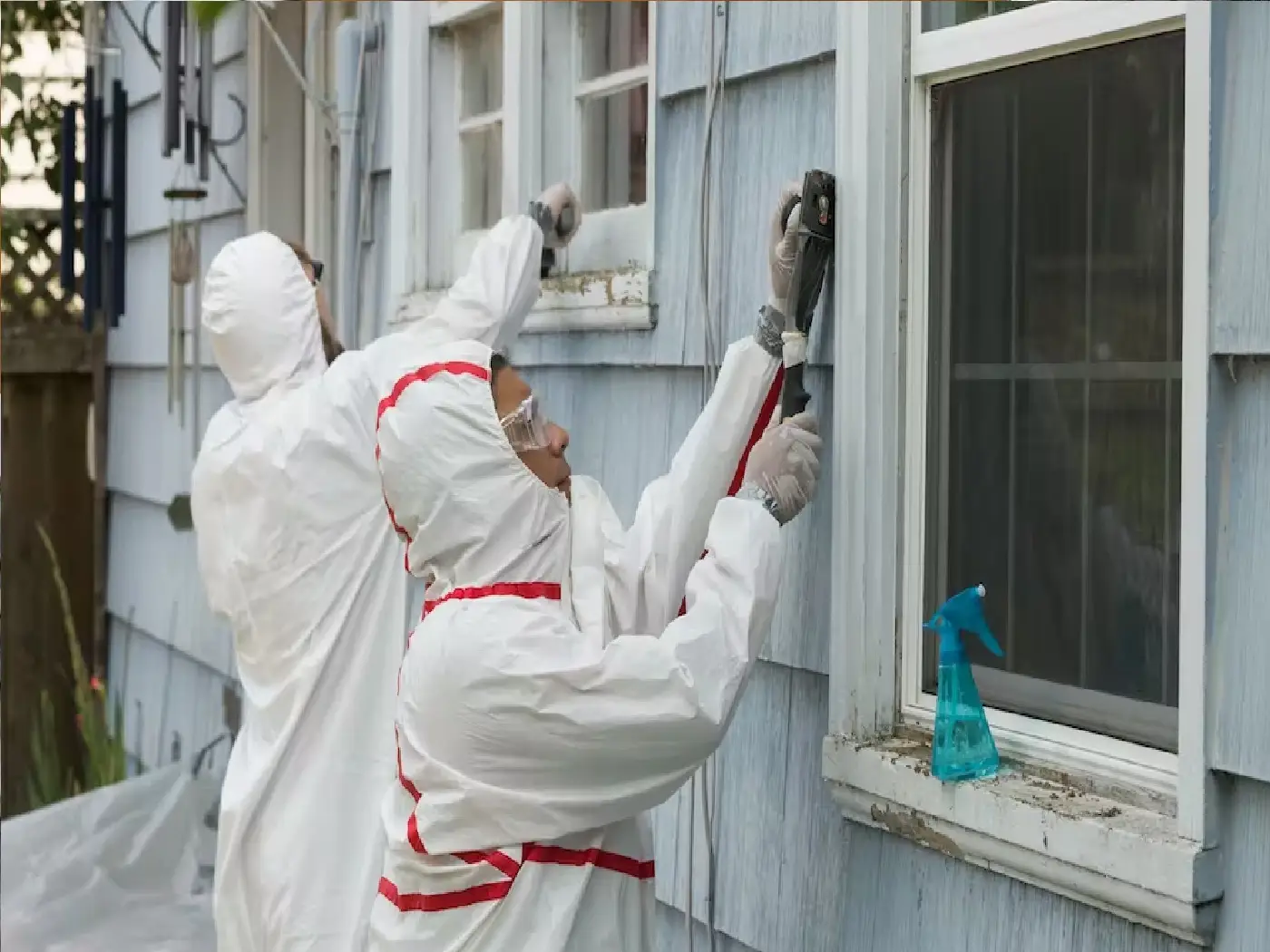
Lead Paint Removal and It’s Importance
If your building was constructed before 1978, you must get a lead-testing or lead paint removal done, especially if you have never done so. Lead-residual dust and lead paint are two of the most common causes of lead poisoning. Before this discovery, lead-based paint was widely used. The federal government has now outlawed this practice.
These are a few relevant details that highlight the severity of the problem:
- Significant lead dangers exist in over 24 million American households
- Not every house inspection looks for lead-based paint
- For young children, especially those aged six and younger, lead poses the greatest health danger
- Lead dust poisoning happens when kids’ hands or lips come into contact with it; this poses an especially evil threat since lead has a sweet taste
- Lead poisoning can result from ingesting even a single damaged paint chip
It goes without saying that you must get the lead in your home inspected.
Why does the Government Regulate Lead Paint Removal?
The process of lead paint removal is so rigorous that the Environmental Protection Agency (EPA) of the US government controls the procedure.
The “Lead Abatement Program” of the EPA is in charge of enforcing the laws governing lead-based paint inspection, risk assessment, and removal in eleven different states. Each State has a lead mitigation program that is mandatory to follow. By visiting the EPA’s website, you may learn if the EPA oversees your state or whether it is up to a private business to try.
The government guarantees the safety of persons involved in lead removal by directing businesses to implement lead abatement plans. It also ensures that everyone who comes into contact with lead-containing structures is safe.
It is important to get in touch with a licensed professional to inspect and test the area before beginning any work if you have any suspicions that a structure contains lead.
Lead Poisoning in Children
Because lead can readily harm developing brains and other organs, young children, those under the age of six, are of particular concern. Infants and toddlers frequently put their hands, pacifiers, and toys in their mouths. Any lead-containing substance, from tiny dust particles to large paint chips, can be harmful if eaten. In young children, lead exposure causes learning and behavioral issues that may be permanent.
Lead poisoning frequently goes unreported. The symptoms of lead poisoning typically do not appear in children until the illness is fairly severe. So the youngster may appear healthy, but internally he or she may be sick. When symptoms occur, they might easily be mistaken for those of other illnesses, such as the “flu.” The only method to identify lead poisoning early is blood lead testing, which is why children must receive frequent medical check-ups.
Lead Poisoning in Adults
Adults’ primary places of lead exposure are their places of employment. Lead poisoning is a serious concern for anyone who breathes in lead fumes from removing old paint or making lead goods. Additionally, workers who have lead dust on their hands might contaminate their meals.
Adult lead poisoning symptoms include exhaustion, agitation, headaches, weight loss, stomachaches, and constipation. However, lead may harm you physiologically without showing any signs of it. Anyone who deals with lead on the job or in any other activity should have regular blood testing.
The Importance of Lead Paint Removal
The truth remains that lead paint is still present in a significant portion of the country’s historic structures, which is thousand in numbers.
The body will experience negative consequences if lead exposure is consistent over time. Working or living near lead-based paint and breathing contaminated lead particles mixed in the air of damaged property are two ways lead can enter the body.
Anyone may get lead poisoning at any age, but those who are most at risk—like young children, the elderly, and people with compromised immune systems—seem to get it worst.
Body parts such as the liver, brain, bones, and kidneys are where lead distribution happens. It’s stored in the bones and teeth, where it collects over time. Lead exposure to the human body is usually evaluated through the proportions of lead in the blood.
Therefore, property owners should remove lead hazards safely, securely, and immediately after discovery.
Get ECOS Lead Paint Removal Services
Invest in quality lead paint removal services from ECOS Environment & Disaster Restoration. We are a team of experienced individuals who have been working in this industry for over a decade. If you live in Colorado or nearby areas, ECOS is your best bet to remove lead hazards from your property.
Visit https://ecosenvironmental.com/lead-paint-removal/ today for more information.

